Making a healing abutment
Machine translation
Original article is written in RU language (link to read it) .
There is an opinion that we are not able to get rid of some components of the prosthesis when solving problems of dental restoration with implants or that the components at our disposal do not meet our needs, which is why we cannot obtain optimal gingival contour around the implant.
More detailed information on this topic is available on our website.
Example situations:
- At the stage of implantation surgery, we do not have a specific healing abutment, the properties of which correspond to the properties of the implant.
- We have a similar healing abutment, but its diameter and height are smaller than necessary.
- Difficulties arise when we want to obtain a certain contour of the gum around the implant that would correspond to the restored tooth. We are also trying to develop personalized healing abutments.
There are situations when factory healing abutments are not able to recreate a soft tissue contour around the implant that would look harmonious and natural. Their external parameters may not match in length and width. And proper manipulation of the soft tissue around the implant before, during and after rehabilitation procedures increases the chances of a good recovery.
In the second part of our article we will show how, using the adhesive technique, we can modify the standard healing abutment and make it more suitable for our case.

Rice. 1. 4 months after implantation surgery. We removed the temporary crown from the adjacent tooth to better view the soft tissue.
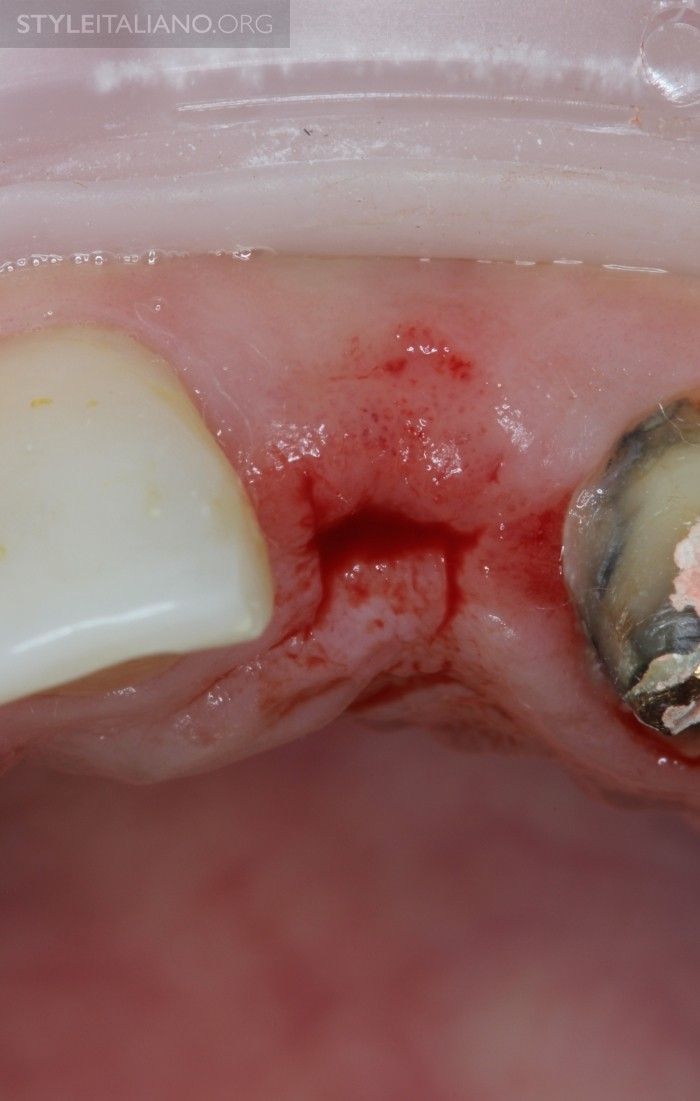
Rice. 2. We move to the next stage and make a small H-shaped incision, more towards the palate, to remove the cover screw and place the healing abutment (temporary healing abutment), while moving a small amount of gum to the buccal side.
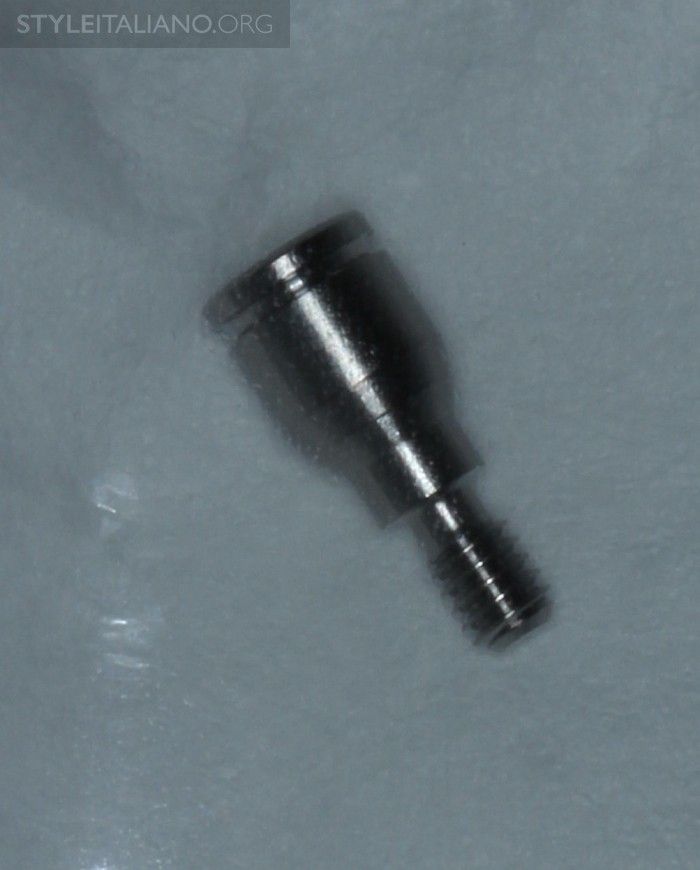
Rice. 3. Place the gum former - 3 mm in diameter and 3 mm in height. BioHorizons-Birmingham-USA.

Rice. 4. After the healing abutment has been placed, we can observe minor ischemia in this area.
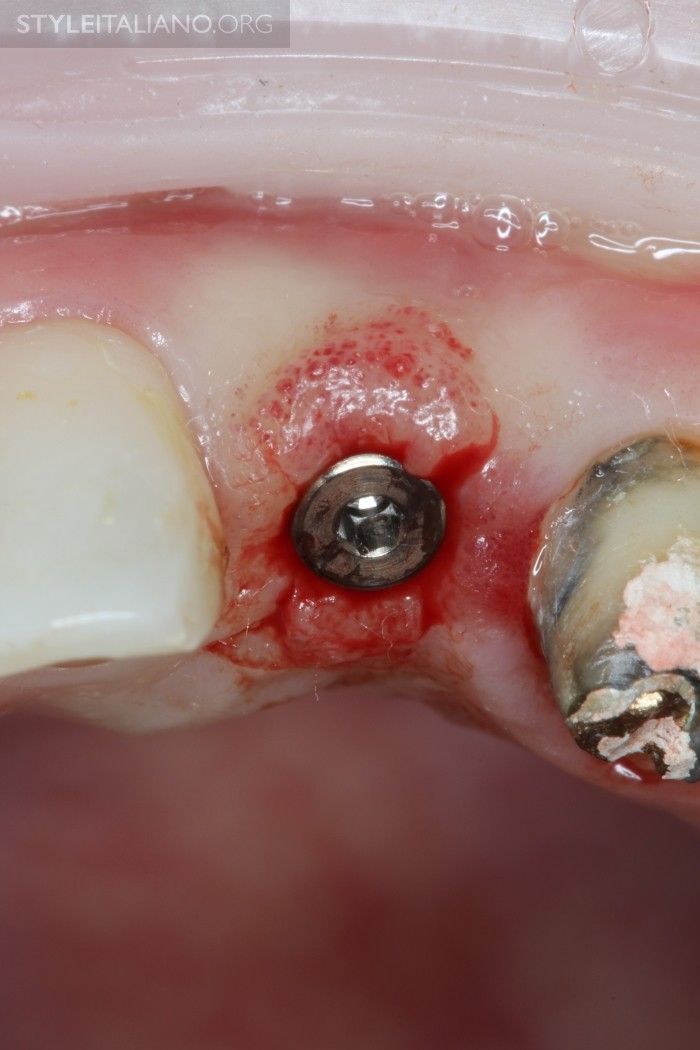
Rice. 5. This is transient, that is, passing ischemia. To avoid damage to the soft tissue and allow it to adapt to the shape of the healing abutment, it should be placed slowly, with rest intervals. This way we will not harm the surrounding tissues.
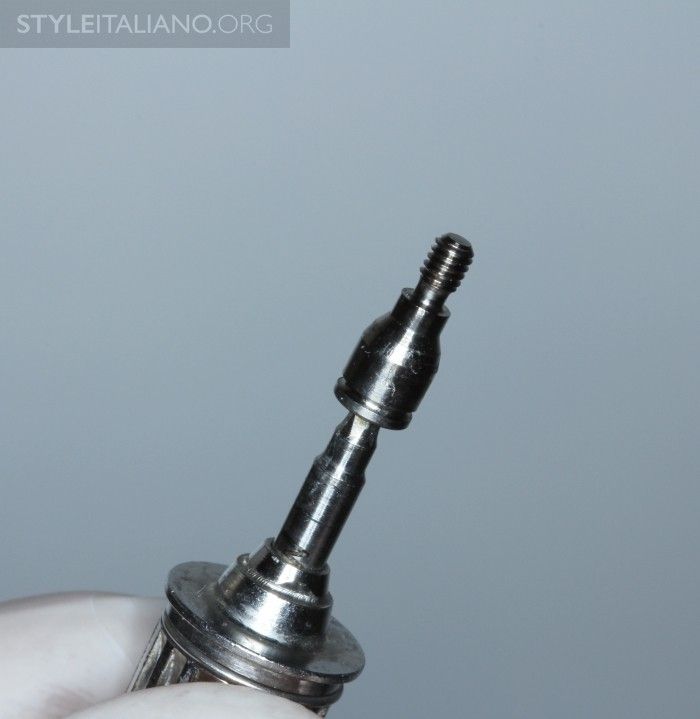
Rice. 6. When 2 weeks have passed after this manipulation, we remove the temporary healing abutment and begin to modify it.
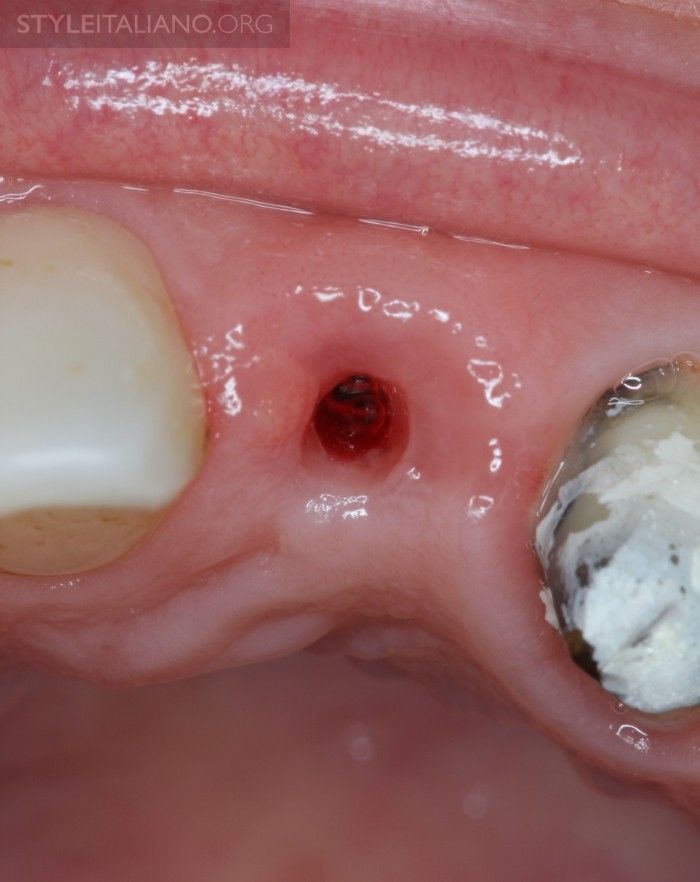
Rice. 7. When trying to insert a permanent abutment, we may encounter a narrow gingival entrance.
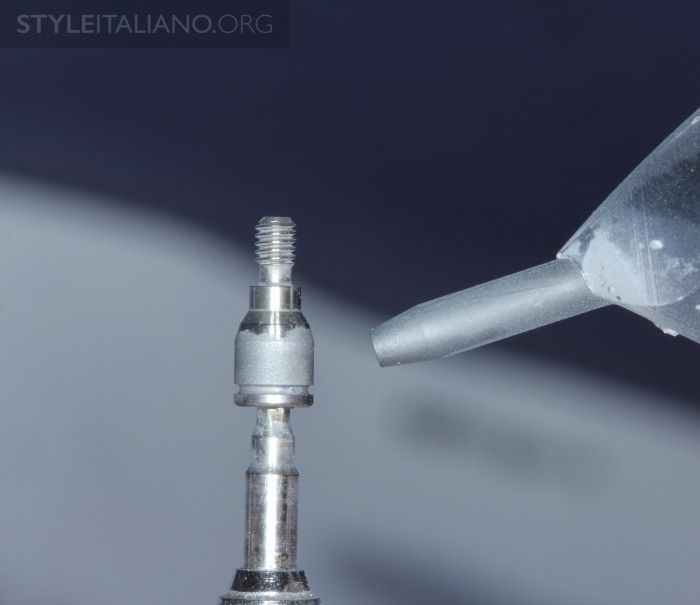
Rice. 8. It is extremely important to create an appropriate gingival entry by adjusting the shape of the healing abutment. We will first sandblast using 50 micron aluminum oxide to achieve a better bond between the abutment surface and the composite resin.
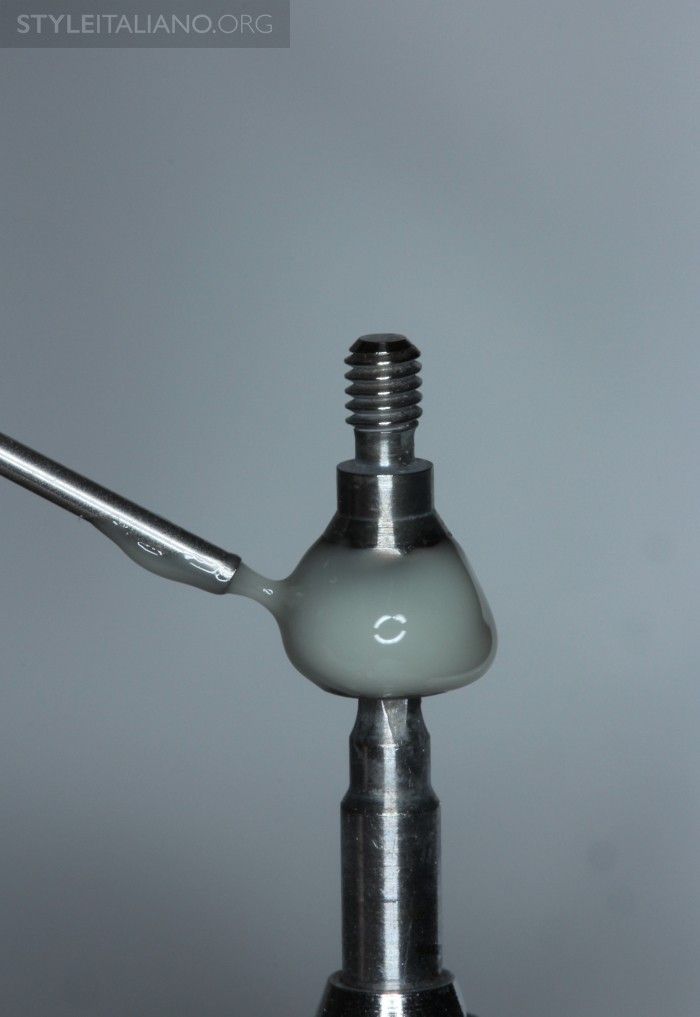
Rice. 9. After the healing abutment is cleaned and dried, we apply a layer of hydrophobic resin and flowable resin, then thoroughly cure.
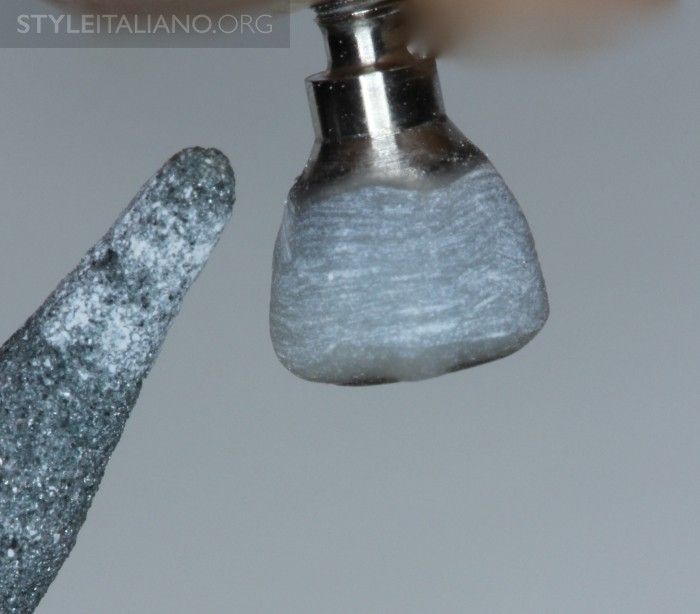
Rice. 10. Using diamond burs and rubber heads, we give the final shape.
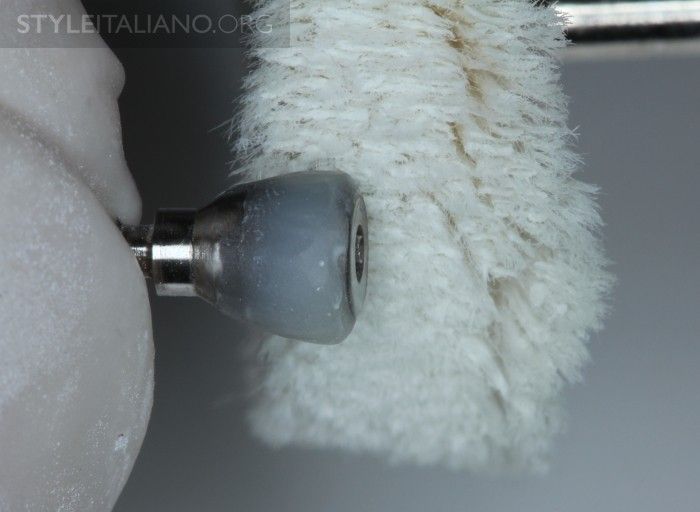
Rice. 11. Using brushes and polishing paste, polish the surface.
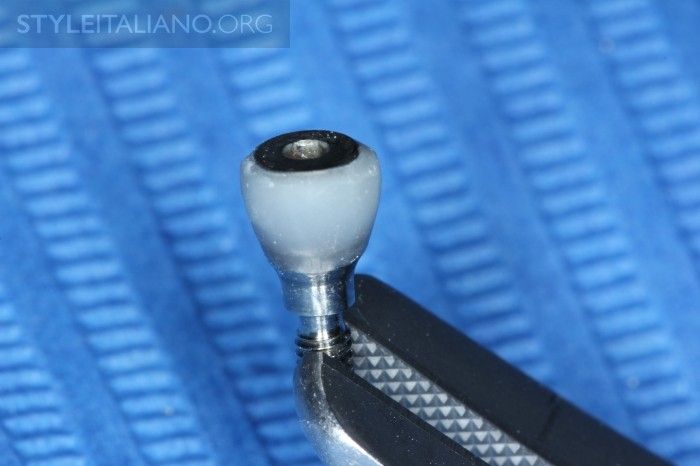
Rice. 12. Once the final processing of the abutment is completed, we sterilize it and fix it to the implant.
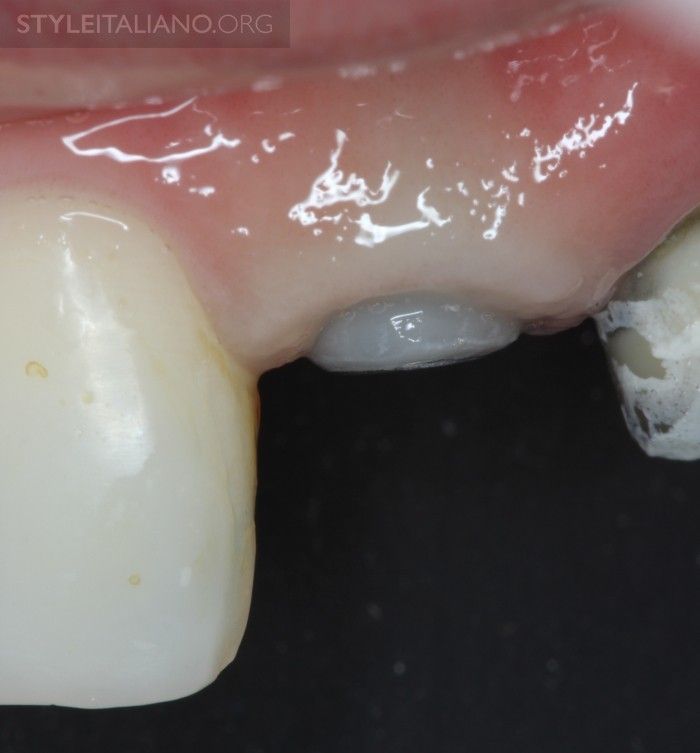
Rice. 13. The size of the healing abutment was increased to create a gingival contour that looked as natural as possible.
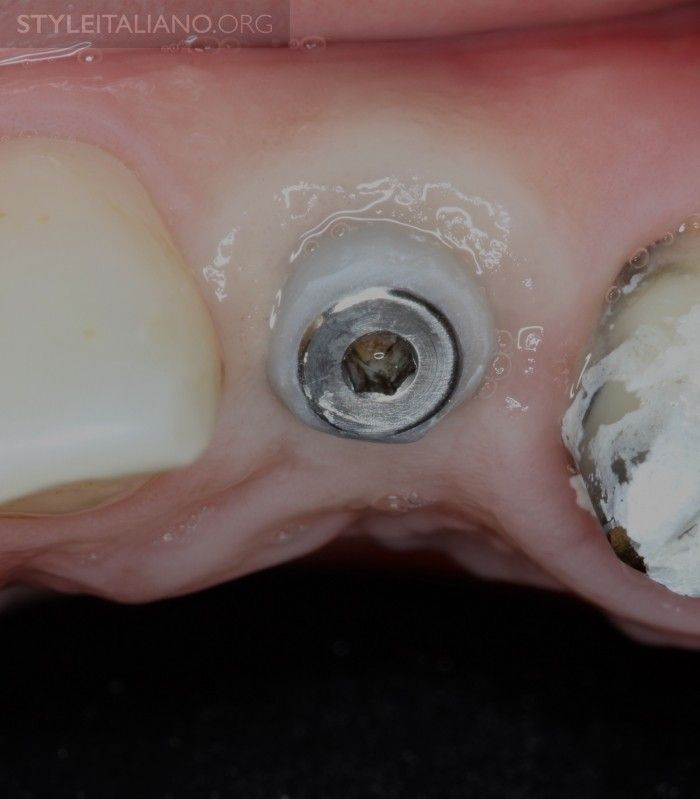
Rice. 14. We see tissue ischemia in the area of the installed abutment; if it does not go away, it will be necessary to reduce the size of the abutment to avoid possible problems.

Rice. 15. In the photographs we can evaluate the condition of the gums before and after applying the healing abutment. In the “after” photo we see that there is expanded access, which will facilitate the insertion of the abutment and fixation of the prosthesis.
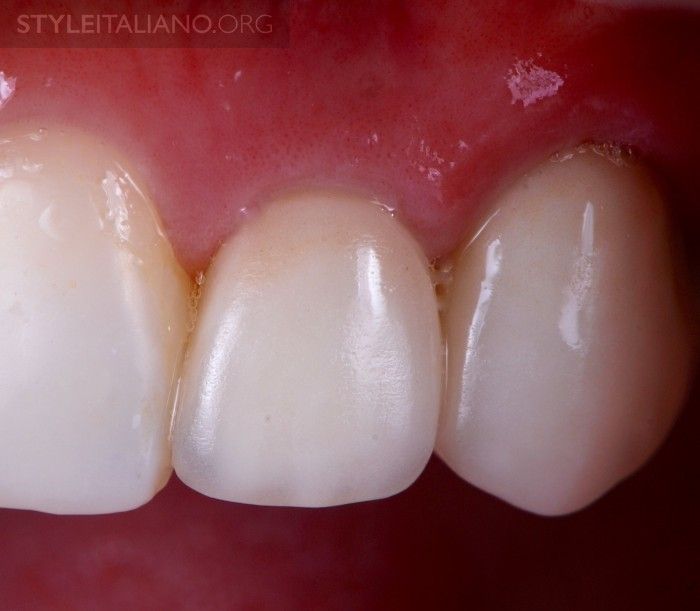
Rice. 16. After the fixation is completed, we can observe how the crown and soft tissues form a single whole.
Conclusion
Companies that manufacture healing abutments in a factory supply them for the installation of their own implants. Over the years, they have improved the design, contours and edges of temporary abutments to recreate the natural gum margin. These designs take less time both to manufacture and to install. However, by modifying factory abutments with composite resins, we can achieve better results in certain situations.
Learn more about this topic in our online lesson Digital Implantation Protocol. Part 1 .
http://www.styleitaliano.org/
